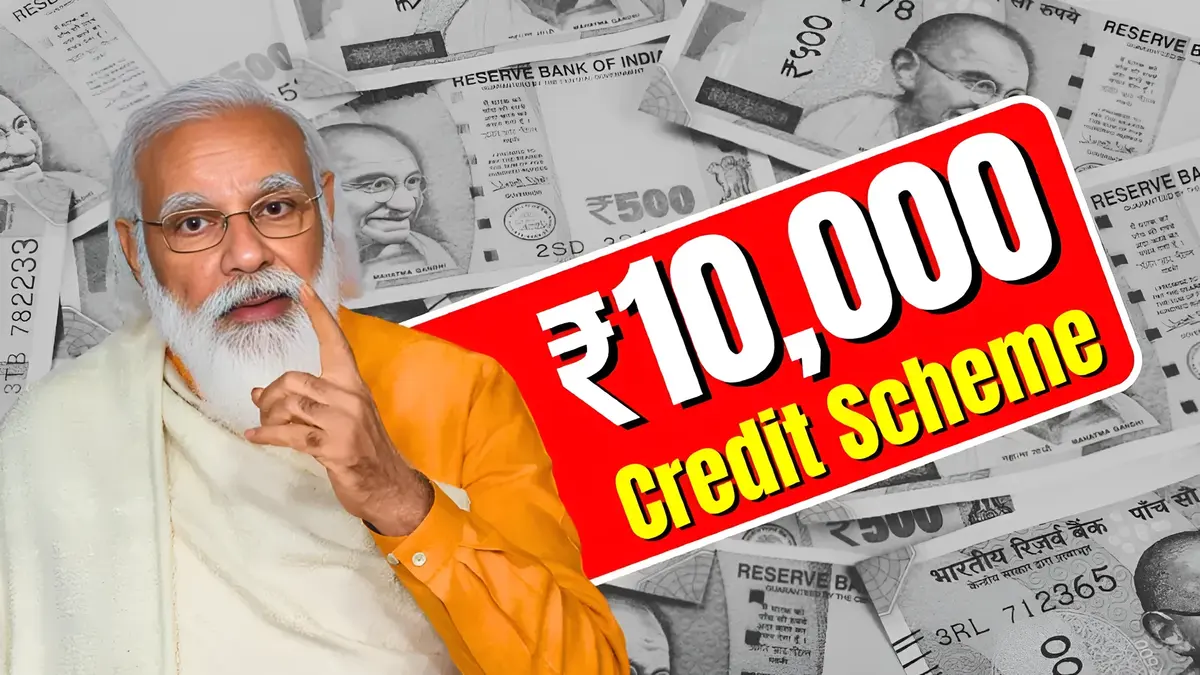The Pradhan Mantri Jan Dhan Yojana has played a crucial role in bringing millions of Indians into the formal banking system. In 2025, the government has proposed a significant addition to this scheme an emergency credit facility of ₹10,000 for Jan Dhan account holders.
This new feature is designed to offer quick financial support during urgent situations such as medical emergencies, unexpected expenses, or temporary income loss. By enabling easy access to small credit amounts, the proposal aims to reduce dependence on informal moneylenders and provide a safety net for vulnerable families. This article delves into the key aspects of the emergency credit offer, including eligibility, benefits, challenges, and how it can impact financial inclusion in India.

Proposed ₹10,000 Credit Offer
The 2025 proposal offers Jan Dhan account holders access to a credit amount of ₹10,000 during emergencies. This facility would work as a short-term overdraft linked to their account, allowing quick access to funds without the hassle of formal loan procedures. It is designed to act as a safety net when sudden expenses arise, such as medical emergencies or urgent repairs.
Eligibility And Key Conditions
To qualify for this emergency credit, account holders must have an active Jan Dhan account with a proper KYC and Aadhaar linkage. Accounts that remain inactive for long periods are unlikely to be eligible. The proposal expects users to repay the credit within a short timeframe, typically around 90 days. Interest or fees, if any, are expected to be minimal or waived for the benefit of the needy.
Disbursal And Repayment Process
Once eligibility is confirmed, the bank can either directly credit the ₹10,000 or provide it as an overdraft facility. The disbursal process is expected to be fast and streamlined to ensure timely assistance. Users are required to repay the borrowed amount within the given period to maintain eligibility for future credit. The goal is to make the process simple and hassle-free for account holders.
Expected Benefits For Users
This emergency credit aims to provide immediate financial relief in critical situations. It can reduce dependence on informal money lenders who charge high interest rates. By linking credit to account activity, it also encourages people to use formal banking services regularly. Over time, it may build financial discipline and trust in formal credit institutions among the underserved population.
Possible Challenges And Risks
Despite its benefits, the scheme faces challenges such as verifying genuine eligibility and preventing misuse. There is a risk of defaults if borrowers delay repayments. Banks will need effective systems to monitor, recover, and manage these risks without discouraging users. Ensuring the facility does not become a financial burden on the poorest will require careful regulation.
Current Status And Updates
Currently, the Jan Dhan Yojana includes an overdraft facility of up to ₹10,000 for eligible account holders. The 2025 proposal aims to enhance accessibility and simplify the procedure. Millions of accounts have been opened so far, signaling widespread acceptance. However, the government is yet to release detailed official guidelines on the expanded credit facility and its exact terms.
Implications For Financial Inclusion
This emergency credit facility could strengthen financial inclusion by extending formal credit access to low-income groups. It helps reduce reliance on informal and often exploitative lenders in rural and urban areas. Additionally, it encourages responsible borrowing behavior and helps build credit histories for previously unbanked individuals, paving the way for better financial opportunities in the future.
Conclusion And Observations
The ₹10,000 emergency credit under PM Jan Dhan Yojana 2025 represents a meaningful step toward inclusive financial support. While the existing overdraft scheme is a foundation, the new proposal seeks to broaden reach and ease of use. For it to succeed, transparency, simple eligibility rules, and safeguards against misuse are vital. Account holders should ensure their Jan Dhan accounts remain active and KYC updated to benefit once the scheme rolls out fully.
Disclaimer: This blog is for informational purposes only and does not constitute financial advice. Please consult official government sources or your bank for accurate, updated details before making decisions.
